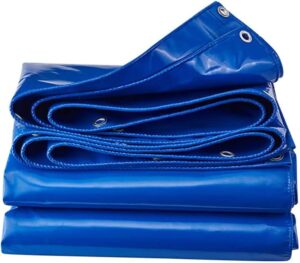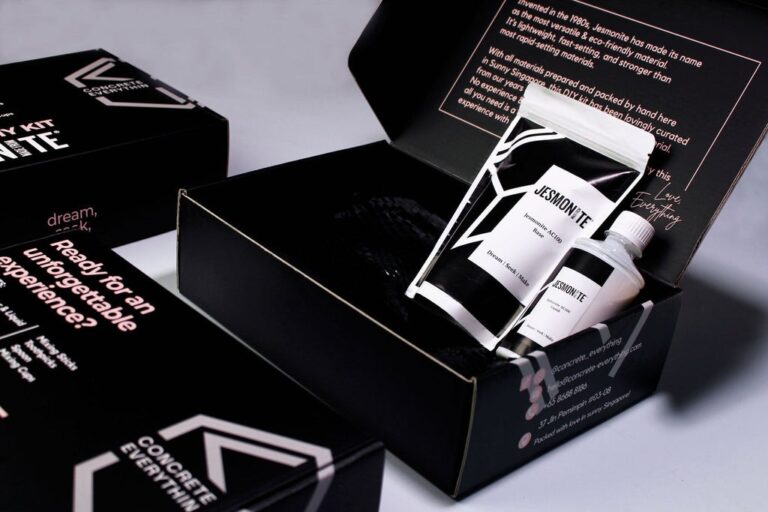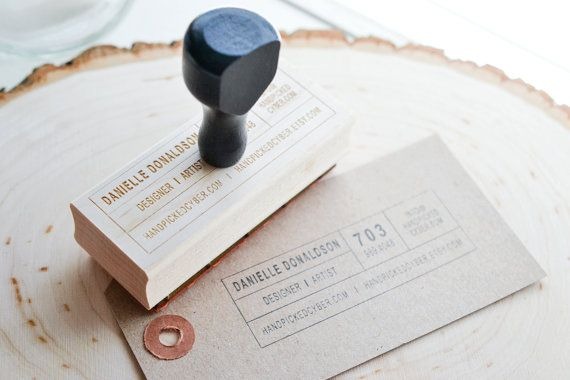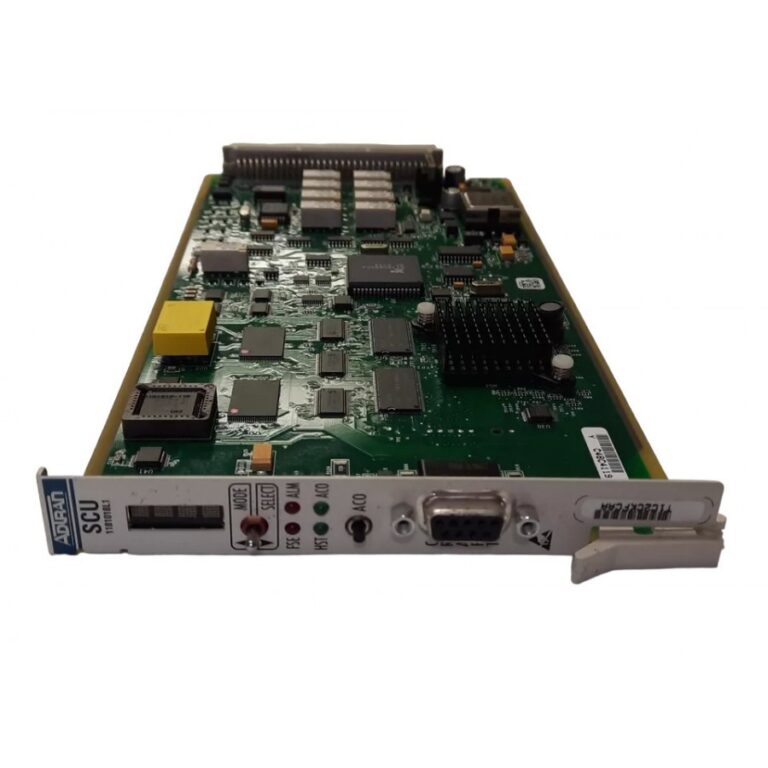If you’ve ever experienced a sharp pain in your heel, especially during those first steps out of bed in the morning, you might be dealing with plantar fasciitis. It’s a common condition, particularly in a vibrant city like Dubai, where active lifestyles and long working hours often mean lots of time on our feet. In this article, I’ll guide you through what plantar fasciitis is, its causes, and the most effective ways to find relief.
What is Plantar Fasciitis?
Plantar fasciitis is a painful inflammation of the thick band of tissue that runs along the bottom of your foot—known as the plantar fascia. This tissue supports the arch of your foot and acts like a shock absorber. When it gets overused or stressed, tiny tears can form, leading to pain and stiffness.
The pain is often felt most strongly around the heel. It tends to be worse in the mornings or after long periods of inactivity. As you start moving, the pain may subside slightly, but it can flare up again after prolonged standing or walking.

Common Causes of Plantar Fasciitis
Understanding what causes plantar fasciitis can help prevent or minimize it. Let’s look at some of the most common factors:
1. Overuse and Activity Level
Plantar fasciitis is often linked to high-impact activities that put repeated stress on your feet. Runners, athletes, and those who frequently exercise may find themselves more susceptible. Similarly, walking or standing for long hours—something many professionals in Dubai are familiar with—can trigger this condition.
2. Foot Mechanics and Structure
The natural shape of your feet also plays a role. People with flat feet or extremely high arches are more likely to experience plantar fasciitis. Uneven weight distribution or poor alignment can put excess stress on the plantar fascia, leading to inflammation over time.
3. Unsuitable Footwear
Fashionable shoes can be a blessing and a curse. Shoes with poor arch support, like high heels or completely flat sandals, can worsen the strain on your plantar fascia. If you’re used to wearing shoes that aren’t built to support the natural shape of your feet, plantar fasciitis might eventually catch up with you.
4. Weight Gain
Carrying extra weight can also contribute. The added pressure on your feet, especially on the plantar fascia, can lead to more strain and inflammation. This is particularly relevant for those who may have experienced sudden weight gain due to pregnancy or other factors.
5. Tight Calf Muscles
Tight calf muscles and Achilles tendons can put additional pressure on the plantar fascia. When these muscles are stiff, the plantar fascia ends up working harder, which can lead to micro-tears and inflammation.
Effective Techniques for Plantar Fasciitis Relief
Dealing with plantar fasciitis can be frustrating, but there are several effective methods to relieve the pain and help your body heal. Here are some ways I recommend:
1. Rest and Lifestyle Modifications
Rest is crucial for healing. If you experience heel pain, reduce activities that exacerbate the pain, such as running or prolonged standing. It’s important to give the tissue time to heal without further stress.
2. Footwear Adjustments
Opt for shoes that provide good arch support and cushioning for your heel. If you need additional support, orthotic insoles can be extremely helpful. In Dubai, we’re always on the go, but prioritizing supportive footwear can make all the difference in managing plantar fasciitis.
3. Stretching Exercises
Simple stretches can help reduce tension in the plantar fascia. One effective exercise is the calf stretch: stand facing a wall, with one foot forward and the other foot behind. Lean into the wall while keeping the back leg straight and your heel on the ground. Hold for 20-30 seconds and repeat several times. Also, try stretching your plantar fascia by rolling the arch of your foot over a tennis ball for a few minutes.
4. Ice Therapy
Applying ice to the heel and arch of your foot for 15-20 minutes can reduce inflammation. You can do this several times a day, especially after activities that make the pain worse. Ice provides a natural way to manage swelling and numb the pain.
5. Laser Therapy for Pain Relief
Here in Dubai, advanced laser therapy is becoming a popular and effective way to treat plantar fasciitis. Laser therapy helps promote healing by reducing inflammation and stimulating blood flow. At Laser Pain Centre Dubai, we offer this innovative approach to provide non-invasive, targeted relief for those struggling with chronic foot pain. The therapy is painless, safe, and effective for long-term recovery.
6. Physical Therapy
A physical therapist can help you strengthen and stretch the affected muscles. They can also teach you how to improve your walking posture and develop an exercise plan that reduces strain on the plantar fascia. Combining physical therapy with other treatment options like orthotics or laser therapy can yield even better results.
7. Night Splints
Wearing night splints helps stretch your calf muscles and the arch of your foot while you sleep. This can alleviate morning pain by reducing tension in the plantar fascia during the night.
Tips for Prevention
If you’ve had plantar fasciitis before or want to avoid it altogether, there are a few steps you can take:
- Invest in Proper Footwear: Always wear supportive shoes, especially when walking long distances or standing for extended periods.
- Warm-Up Before Activities: If you’re about to go for a run or participate in other physical activities, warming up and stretching can help protect your plantar fascia.
- Manage Your Weight: Maintaining a healthy weight can minimize the strain on your feet and reduce the risk of developing plantar fasciitis.
- Practice Daily Stretches: Stretch your calves, Achilles tendons, and feet to keep them flexible. Flexibility helps relieve pressure from the plantar fascia.
When to Seek Professional Help
If you’ve tried these techniques and your pain persists, it’s essential to consult a healthcare professional. Sometimes, conservative treatments might not be enough, and you may need additional help, such as injections or laser therapy.
At Laser Pain Centre Dubai, we specialize in advanced treatments for various types of pain, including plantar fasciitis. We use cutting-edge laser technology to help people get back on their feet—pain-free. Our focus is on providing safe and effective solutions to help improve your quality of life.
Conclusion
Plantar fasciitis can be a significant barrier to maintaining an active lifestyle, but it doesn’t have to hold you back for good. By understanding the causes and focusing on the right relief techniques, you can manage the pain and get back to enjoying all the activities Dubai has to offer. From making simple lifestyle adjustments to seeking more advanced options like laser therapy, there’s hope for overcoming this painful condition.
If you’re struggling with heel pain and need expert guidance, feel free to reach out to Laser Pain Centre Dubai. We’re here to help you take the next step towards pain-free living.















